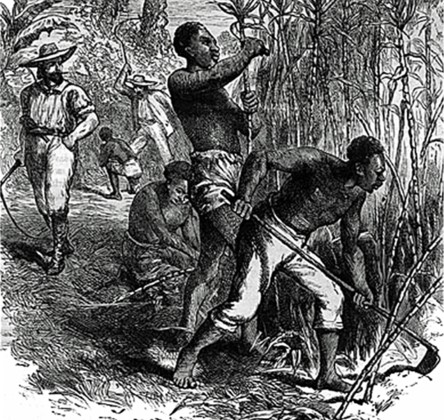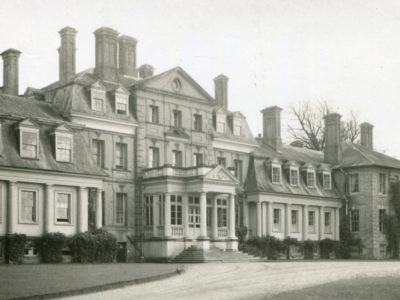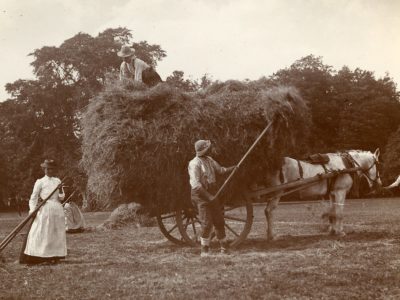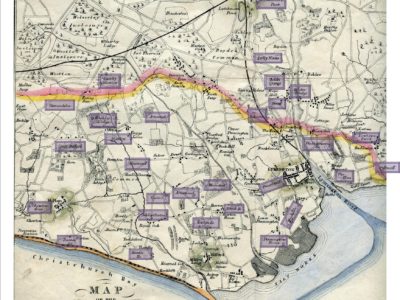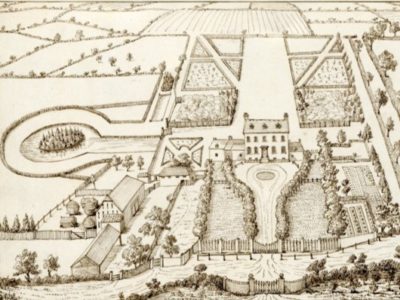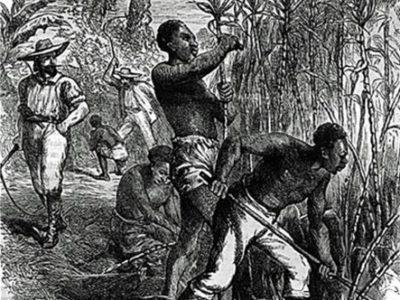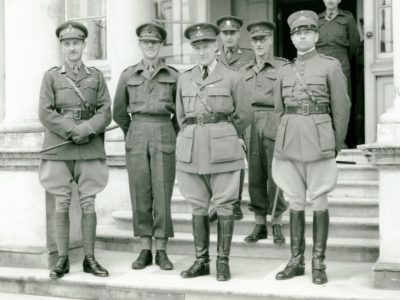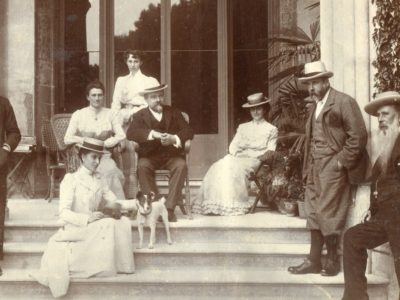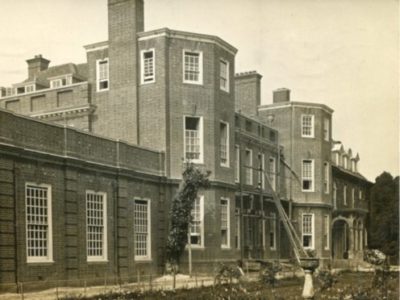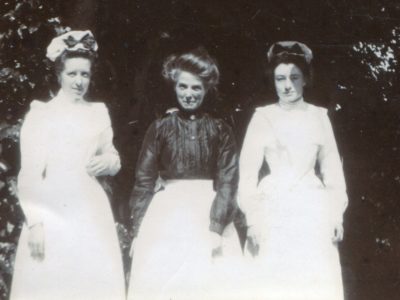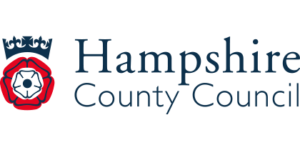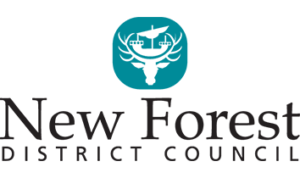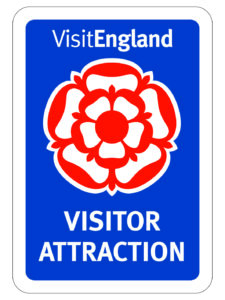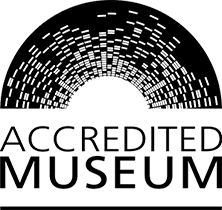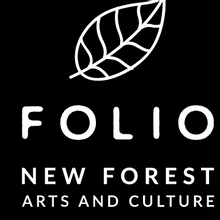Estate income, either from farming or tenants, was rarely enough to cover the costs of running an estate and the extravagant lifestyle of the owners. Trade, commerce, coalmining, naval prize money, service in the British Empire and, of course, investment in or ownership of plantations, were just some of the estate owners’ sources of wealth. The Morants at Brockenhurst Park, for example, owned lucrative sugar plantations in Jamaica which used slave labour.
With the Slavery Abolition Act in 1833, Parliament finally abolished slavery in the British Caribbean, Mauritius and the Cape (South Africa). Although the slave trade was abolished in 1807, it took another 26 years to finally emancipate or free enslaved people. The government borrowed £20 million to compensate slave owners, about half of which was paid to those living in Britain. British tax payers only finished paying off this debt in 2015. Those who had been enslaved received no compensation.
In the 1870s there was a government enquiry into the ownership of land in England and Wales which set out the acreages owned by individual landlords. From this the value of the land can be estimated. There were several local landlords worth between £100,000 and £1,000,000 (now £5-50 million) including at Newlands, Pylewell, St Austins, Brokenhurst Park, Grove House and Newtown. Anyone with this amount of wealth could afford to purchase a large estate of 2,000 acres upwards, with tenanted farms and a fine house. Many more occupants of large houses had personal wealth of £25,000 to £100,000 during the 1800s. They could easily afford to buy a large property with 100 acres such as Pennington House.
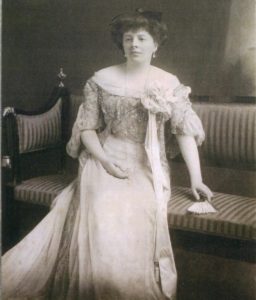
Many estate owners had considerable influence on the local area through their ownership of land, their economic muscle and the exercise of political or judicial power as MPs or magistrates. Many took their responsibilities very seriously and were dedicated to the wellbeing of the local community and supported charitable work, providing money for schools, hospitals and the poor.
By the 19th and 20th centuries, with growing democracy, they retreated into a more private and domestic role, but their legacies are still with us today. The development of Milford as a seaside resort was the dream of Col William Cornwallis-West of Newlands Manor and his family names are still commemorated in some of the streets. The status of Lymington as a centre for boatbuilding and yachting can be traced directly to the partnership of the boatbuilder Thomas Inman with yachting enthusiast Joseph Weld of Pylewell Park. Scattered throughout the area are many other buildings, from churches to almshouses, which can be linked to the large estates and their owners. The Hon Auberon Herbert lived at Ashley Arnewood in Milton. He was a strong believer in personal liberty and through his intervention ensured that Ashley School was non-denominational.

